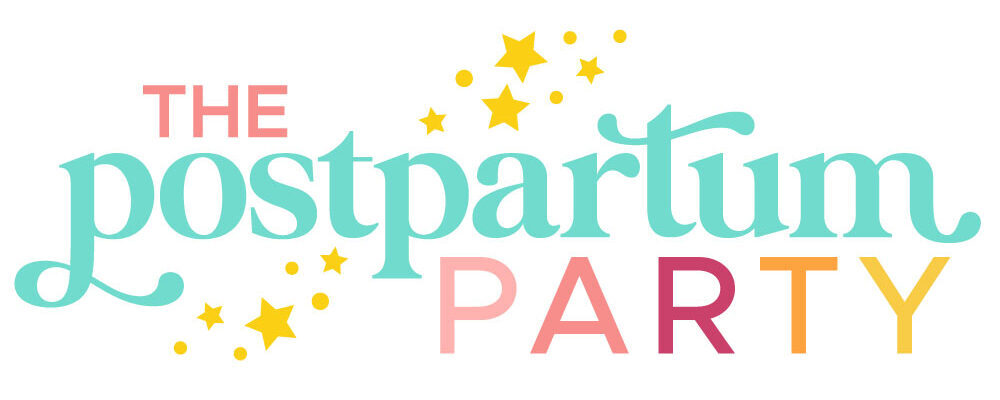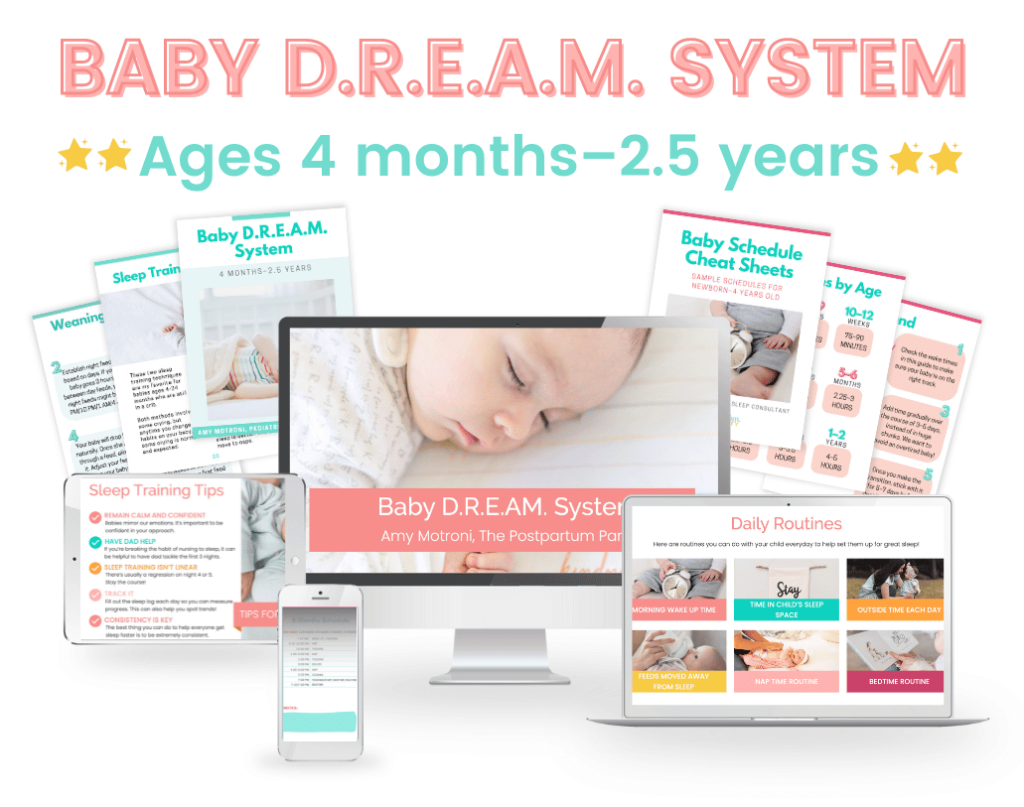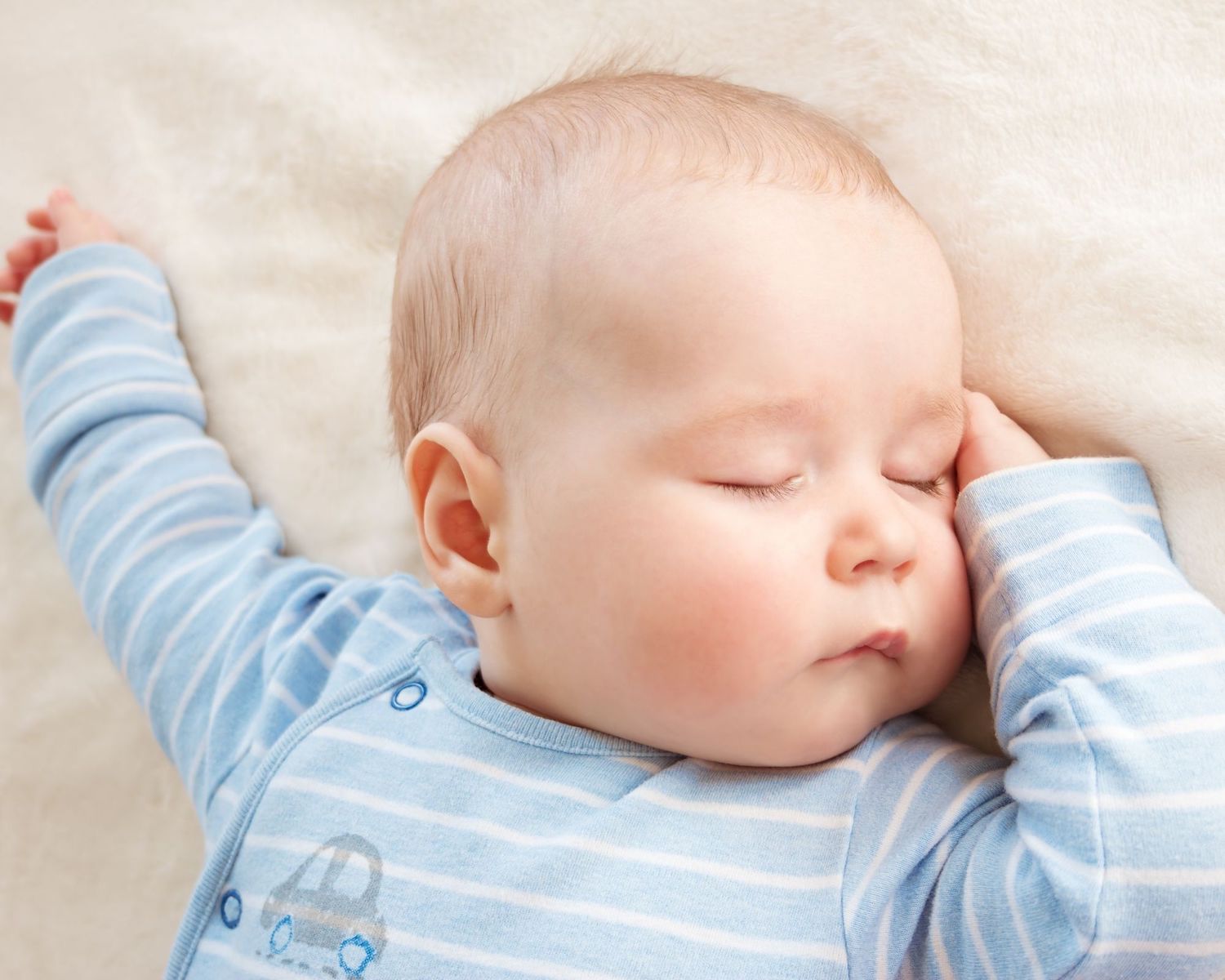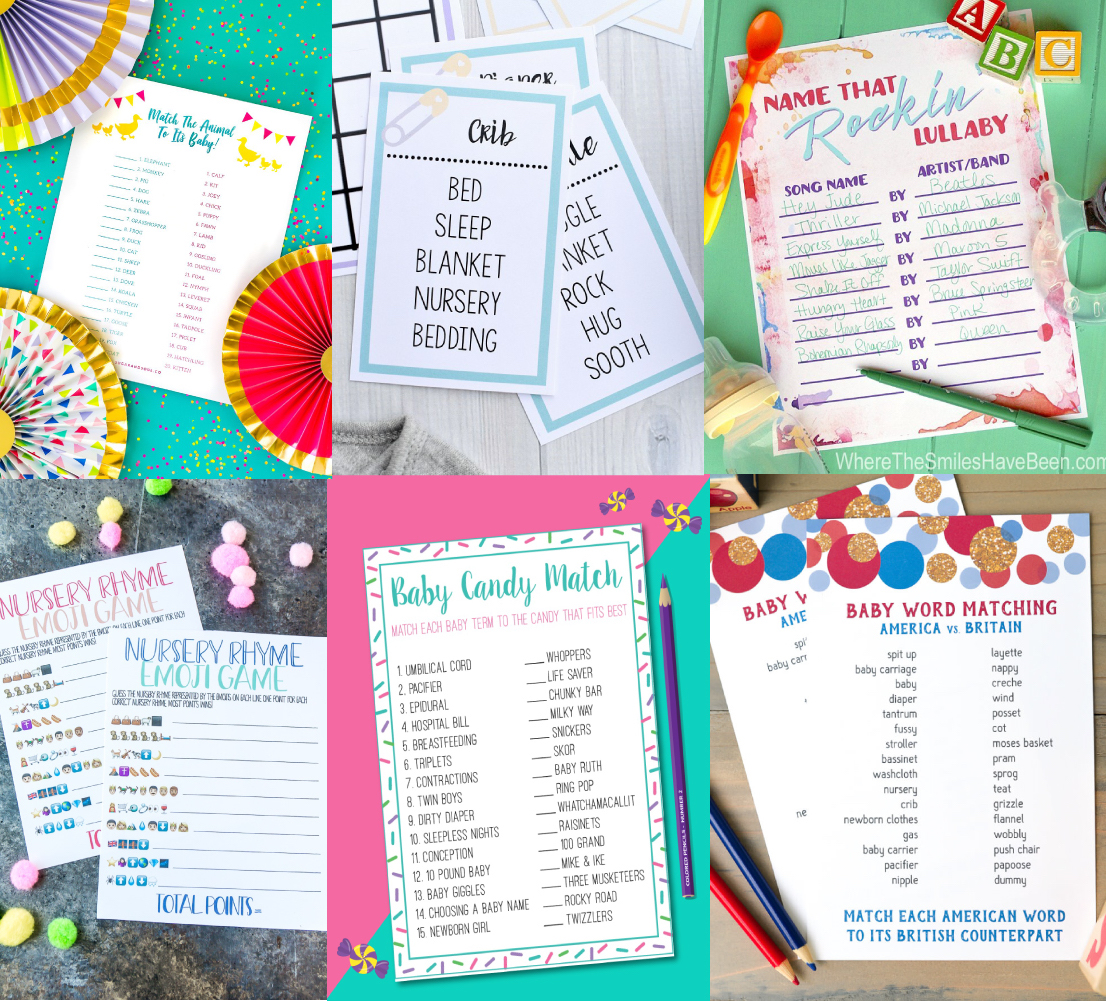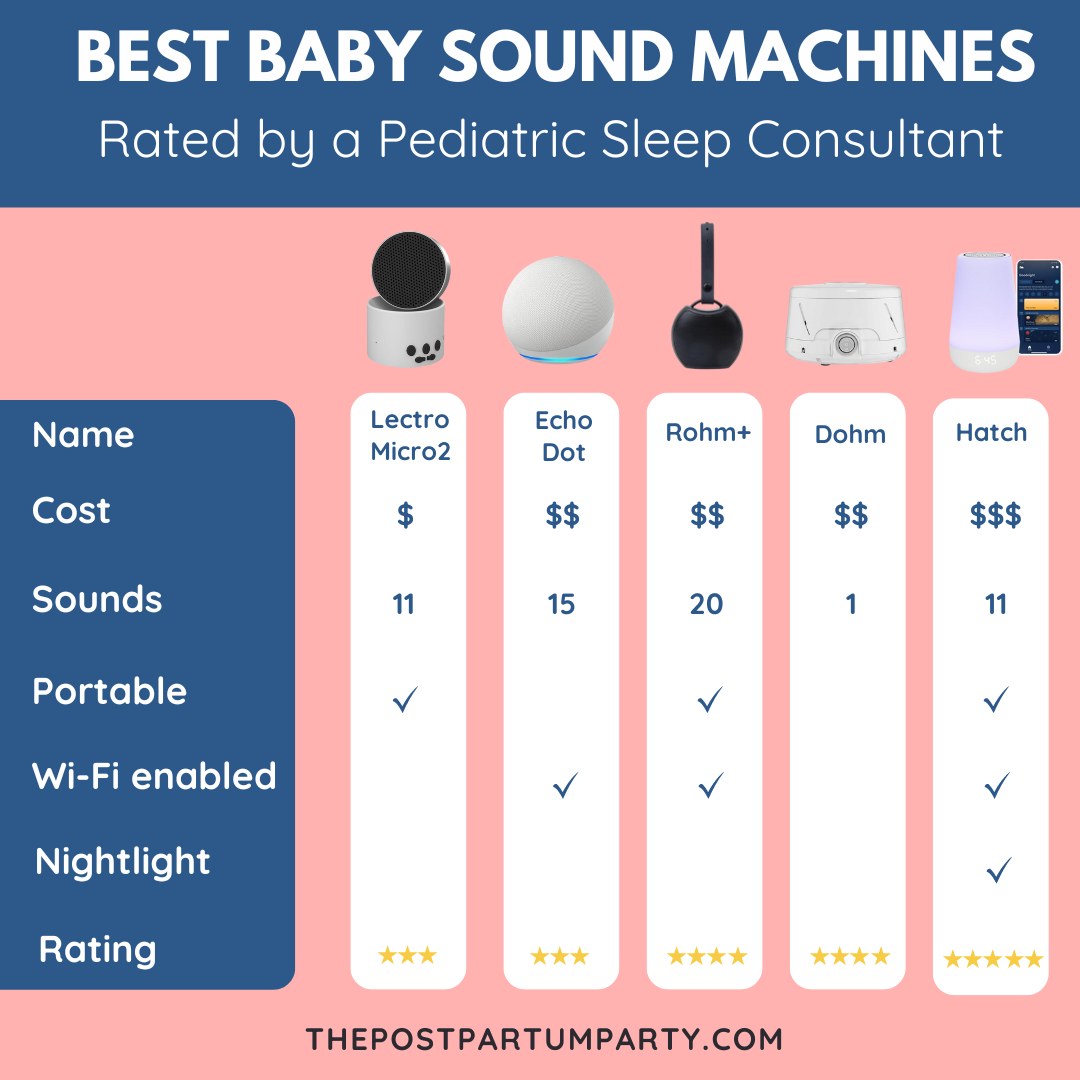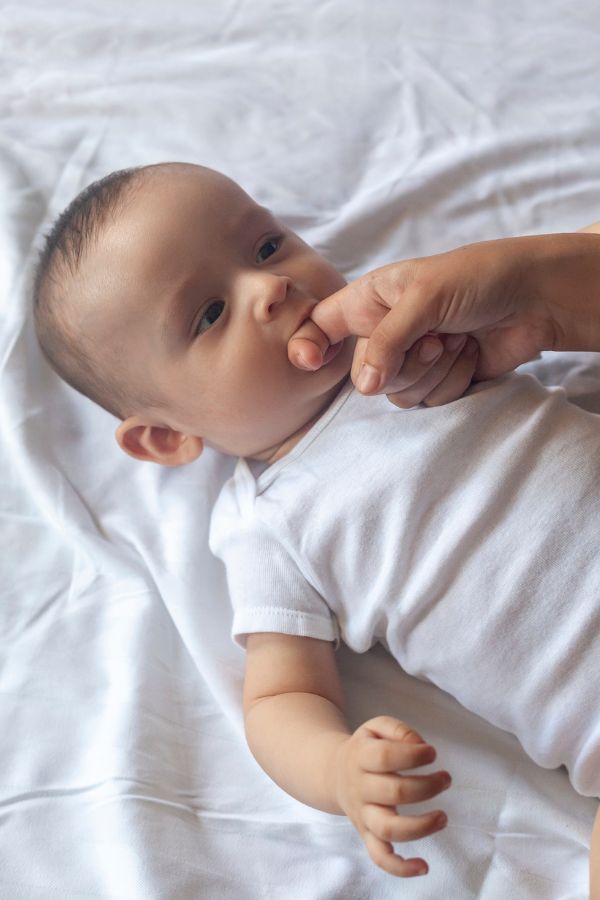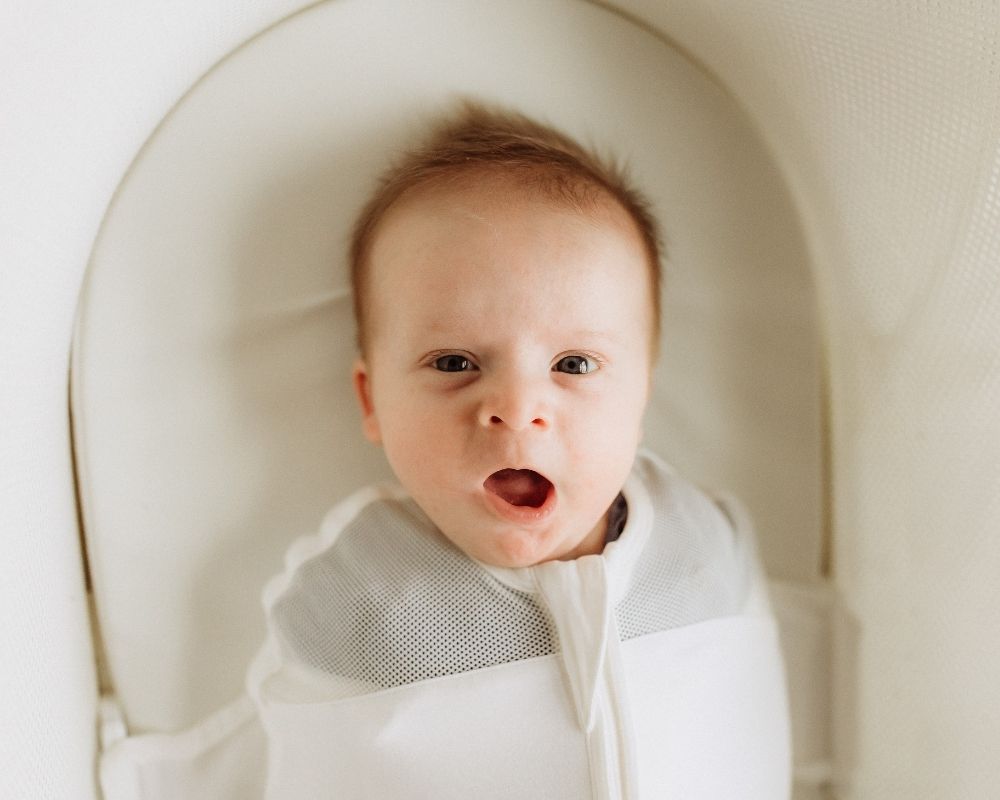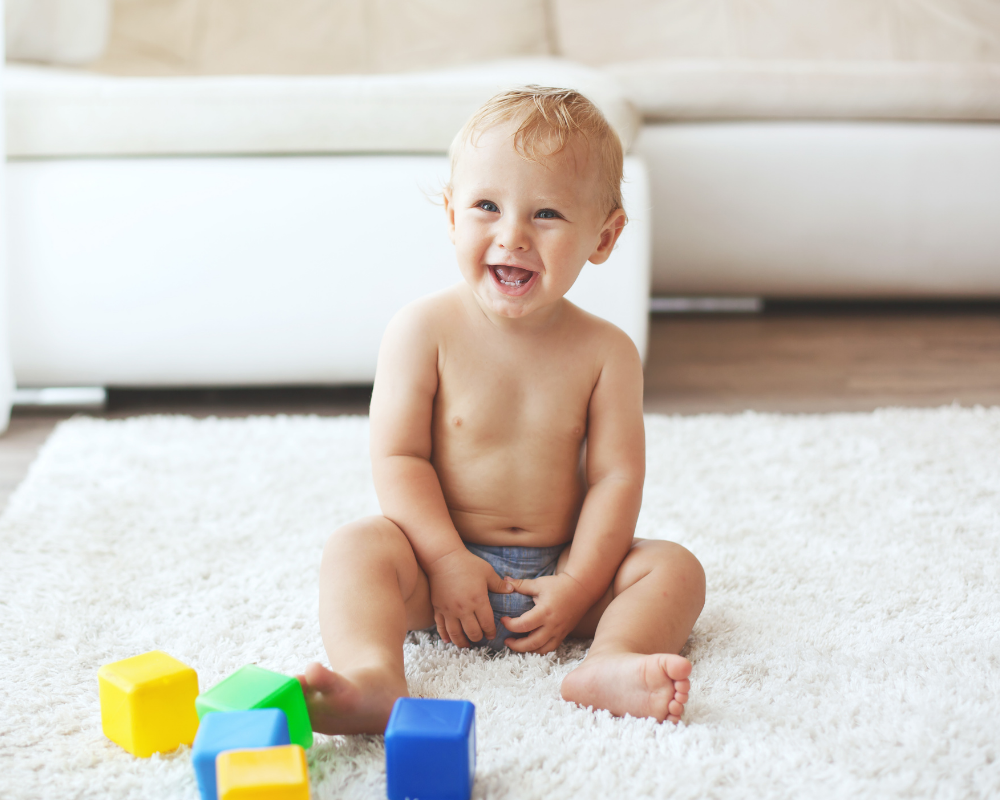Wondering what to do when your baby is standing in their crib instead of sleeping? Here are some tips when your baby is standing in their crib and it’s time for bed.
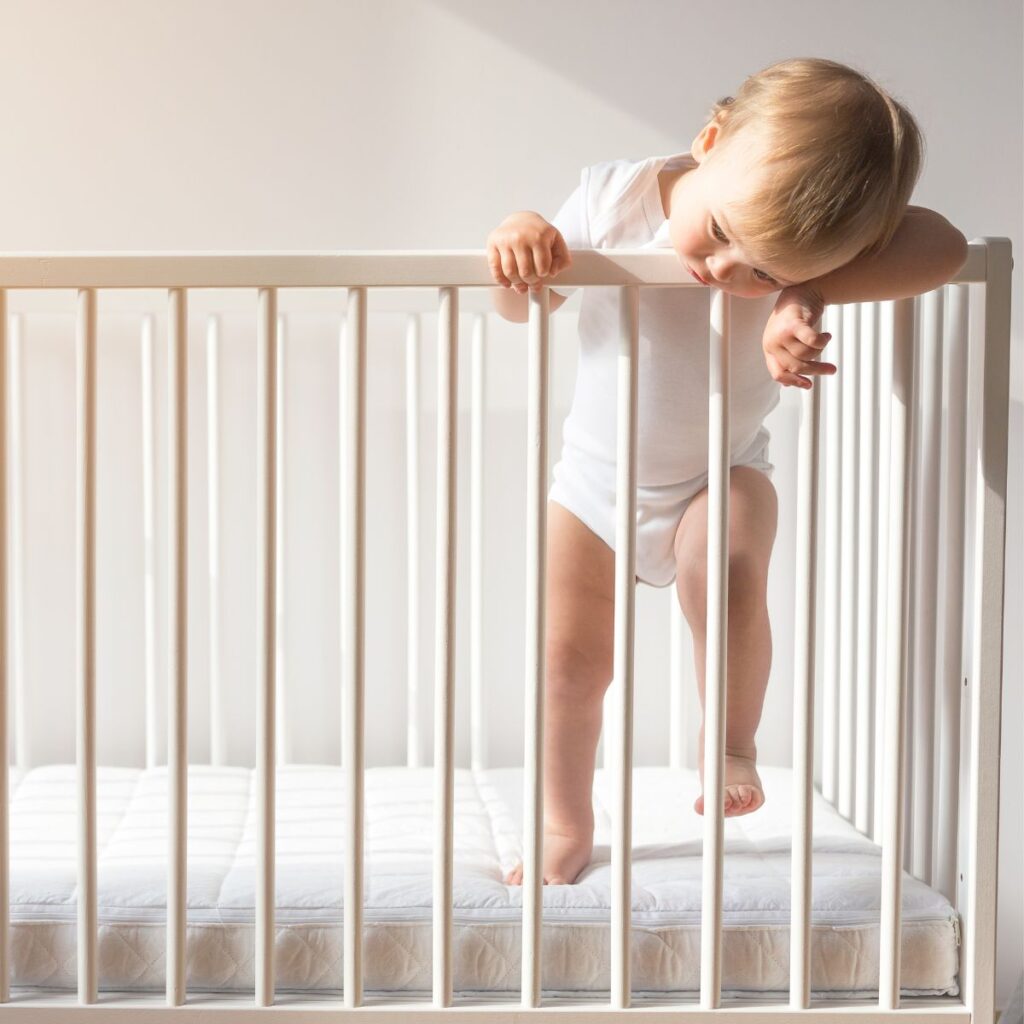
When your baby hits new physical milestones, like rolling over, standing up, and walking, it can be so exciting to watch.
It can also cause sleep regressions and disrupt your baby’s usual sleep schedule.
So what on earth should you do when your baby is standing in their crib during sleep times? Do you lay them back down? Let them figure it out on their own?
If your baby has recently started standing in their crib, make sure to give them tons of practice during the day so they can work on their new skills.
Then, keep reading for tips on what to do when your baby is standing in the crib during times they should be sleeping.
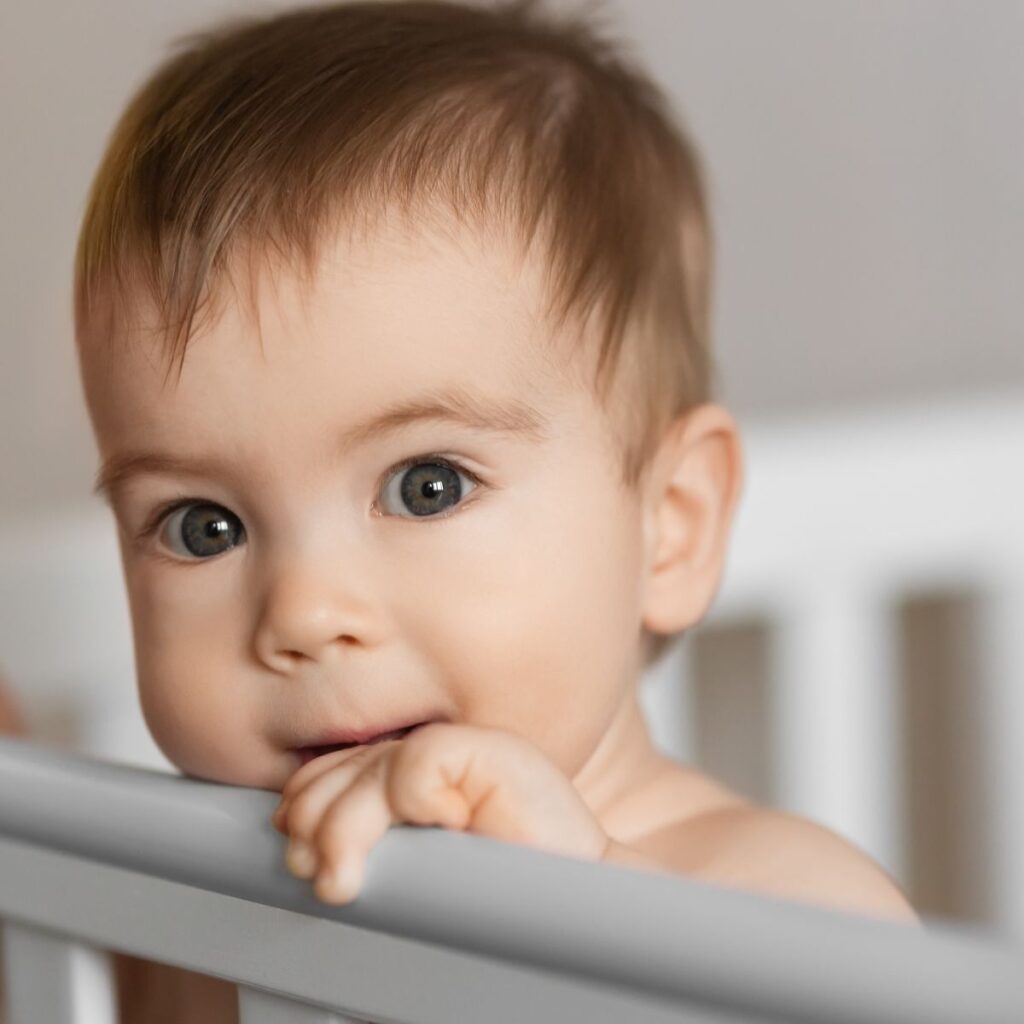
What to do When Baby Keeps Standing Up In Crib at Bedtime?
If your baby is standing in their crib and not sleeping at bedtime, first sit tight. Give your baby a chance to figure things out on their own before you rush in.
Chances are that if your baby has figured out how to go from standing to sitting during the daytime, they’ll eventually figure it out in their crib if you give them a few minutes.
If your baby hasn’t figured out how to sit back down during the daytime, you may need to go in and rescue your baby. Keep it short and sweet: go in and calmly and quickly lay your baby back down.
Sometimes this can turn into a game of jack-in-the-box. Your baby may decide that standing and being laid back down is a very fun game and continue to do it.
If this happens, simply end the game by letting your baby figure out how to sit back down on their own and then make sure to give them lots of time to practice the next day.
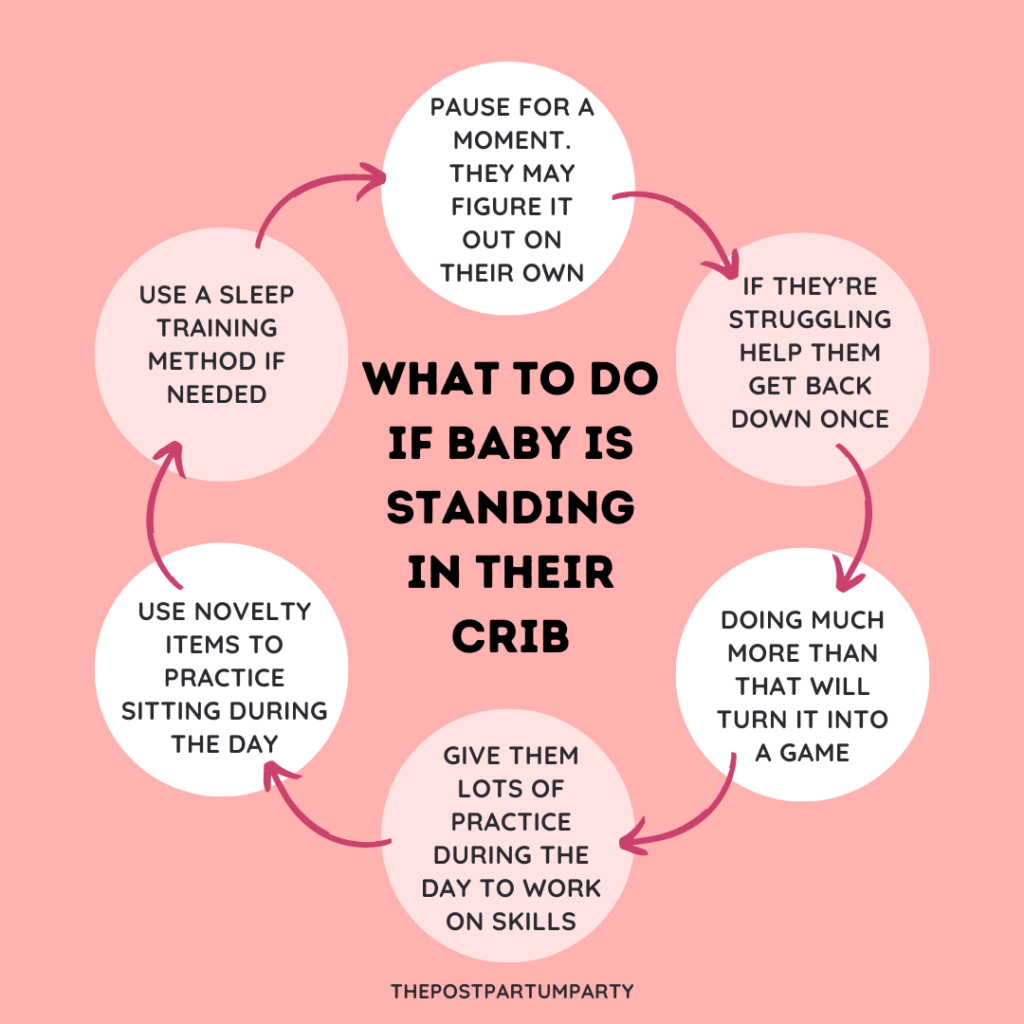
What to do when Baby Keeps Standing Up In Crib During the Night
Sometimes when babies are working on new skills, like standing, they won’t sleep as well because they want to practice their new tricks during the night.
Standing in the crib can be a big culprit of the 9-month sleep regression.
If this happens handle it the same way you would if your baby was standing in the crib at bedtime.
Start by giving them a chance to lay back down on their own. If they can’t, try laying your baby back down quickly and quietly.
Make sure to be boring and non-stimulating when you lay your baby down, so it doesn’t become a game for them.
If your baby stands back up it may be time to employ your sleep training method of choice.
If your baby already knows how to fall asleep on their own, it will typically take just a few days before they figure out how to get back down on their own and sleep returns to normal.
But, if your baby has other sleep associations and needs help falling asleep, and you don’t want to sleep train, help them with these wakings the same way you would any other night waking.
Is It Safe for Babies to Stand in the Crib?
Wondering if it’s safe for your baby to stand in their crib?
That depends on what your baby is doing while standing.
Sometimes, parents are concerned about their baby standing in the crib and hitting their head.
Babies hitting their head while learning how to stand and sit back down is different than head banging.
It can be tempting to use bumper pads to soften the sides of the crib, but I’d urge you not to give in to that temptation. Bumper pads are not safe and their manufacture and sale was banned in the United States in 2022.
Bumps and bruises can happen while a baby is learning to stand and sit back down, but is is very rare that a baby would hit their head hard enough to be dangerous.
Provide plenty of practice time during the day and soon you’ll have a standing and sitting expert.
What Age Do Babies Stand in the Crib?
Babies typically start standing in their crib when they are learning how to pull up. This is usually somewhere between 9-12 months of age.
There’s no age when babies stop standing in their crib. They’ll keep standing up at various times for as long as they sleep in a crib.
But standing usually stops being a sleep challenge as soon as your baby learns how to sit back down on their own. Yay!
Are you worried about your baby standing in the crib and falling? Make sure you follow safety guidelines on when to lower your crib mattress, so they don’t risk falling out of the crib.
Make sure to lower your baby’s crib at the first sign that baby is about to start trying to pull up. Don’t wait until your baby starts standing.
Sometimes, babies will surprise their parents by standing in the crib at night for the very first time. This is a fall risk if the crib mattress has not been lowered to the lowest setting.
Babies who are adept at standing may also start to stand in their crib during sleep training, as they adjust to a new way of falling asleep.
Do Sleep Sacks Prevent Babies from Standing?
If your baby is standing in their crib, a sleep sack may help.
It’s not a miracle cure, but sometimes a sleep sack will keep babies from standing in their crib. Sometimes.
This parent hack will eventually stop working once your baby is a standing pro. Most babies even figure out how to walk in their sleep sacks.
But, sometimes a sleep sack will slow down a baby who is newly standing and they’ll decide it’s not worth the effort to try to stand while wearing a sleep sack.
What if your baby becomes a standing and sitting pro and sleep doesn’t get any easier? It may be time to think about sleep training or doing some detailed troubleshooting.
Standing During Sleep Training
If your baby is used to being fed to sleep and you want to stop nursing to sleep with sleep training, it’s very possible that your baby will protest sleep and stand in their crib at bedtime.
How you respond will depend on your sleep training method.
If you are using a method that has you primarily out of the room, such as The Ferber Method, allow your child to lay down on their own.
Often less intervention is better with this approach.
If you are using a method that has you sitting next to the crib, such as The Chair Method, you can either allow your child to lay down on their own, or you can pat the mattress as an encouragement for them to lay down.
During sleep training, especially with toddlers, you want to avoid starting a game of jack-in-the-box.
When your baby starts to stand up in the crib instead of sleeping, it can certainly be challenging.
Don’t give up! This phase is usually short-lived and then sleep returns to normal.
If it doesn’t, or is no longer sustainable, sleep training may help your baby get the sleep they need and bring about smoother bedtimes and overnights.
Get Better Sleep with The Baby D.R.E.A.M. System
If you want someone to walk you through the process of sleep training, let me help. The Baby D.R.E.A.M. System is for babies 4 months through 2.5 years old. I’ll walk you through how to establish daily routines, sleep schedules, and sleep training techniques to help you break the sleep associations you no longer find beneficial! Check it out here.
- Practical Tips if your Toddler is Going Through A 3-Year Old Sleep Regression - April 26, 2024
- Baby Led Weaning vs Purees — Which Should I Choose? - April 25, 2024
- 10 Adorable Letter Board Pregnancy Announcements - April 25, 2024
